During festive times such as Christmas, the Day of the Dead and Independence Day, papel picado is always present in Mexican celebrations. The papel picado has become a cultural symbol of Mexico for its colors, creative designs and for being a folk art that represents times of celebration. Traditionally papel picado is made by hand with china paper that is quite fragile. The artisans of this art use chisels and hammers to create unique designs that they cannot do with an industrial machine. The process of making papel picado is a meticulous task as it is done by striking the paper with a hammer using the chisel as a point to make a figure, pattern or design.
Christmas time is the perfect time to learn about the culture of other countries since everyone celebrates it with their different traditions. Thus, learning Spanish can not only be done through grammar and phonetics but also through culture. Below is a lesson plan that you can do with your students in the classroom or at home with your children. This lesson plan is designed for children ages 6-10. It can be adapted based on the level of Spanish that your students or children have.
- Introduce what papel picado is, where it is from, how it is made and why it is used.
- If the students are at a beginner level of Spanish, they can do it through photos, and practice a vocabulary list: papel picado, celebracion, martillo, colorido, tradicion, fiesta, navidad. Also, you can talk a little about Mexico, and its geography depending on their level of Spanish.
- This can be done through a discussion with the students, for example asking them what are some traditions that they have at home at Christmas or that are part of their culture. If children are still very young (preschool and kindergarten) the way children can relate is by teaching the subject with something they already know. For example, they can review the colors they see on the papel picado or name the objects that they see on the papel picado such as animals, flowers, and characters.
- For this you will need scissors, china paper and string. Fold a piece of tissue paper (lengthwise) in half and then in half again. Make sure one side is made up of folds only. Fold the long folded sheet in half. Mark a point in the corner that is made up of folds. This helps children recognize where not to cut. Like cutting a snowflake, cut shapes along all four sides avoiding the area with the dot.To cut a shape from the middle of the rectangle, fold the paper in half again and cut a shape at the fold. Carefully unfold and tape the tissue paper to a long strand of yarn. To make multiple panels from one cut, layer 2-3 sheets of tissue paper and add tape (carefully) as you cut. Here's an excellent video to follow.
- On white paper, students can think of a design they would like to make with their favorite characters or up to their creativity. For this you can show examples of really fun and elaborate papel picado. Then, to practice oral skills, they can present their project to the class / family.
- To further practice the vocabulary list I gave earlier, you can make your own crossword puzzle and review. Here is a link to a site where you can create it.
I hope you have fun with your children and students, I also hope you enjoyed learning a little more about this Mexican tradition of papel picado.
Subscribe to Rincón del Nacho Nauta for more activities, lesson plans and nacho books!
Written by: Valeria Flores. University of California, Los Angeles. Degree in Spanish and Linguistics. Bilingual teacher



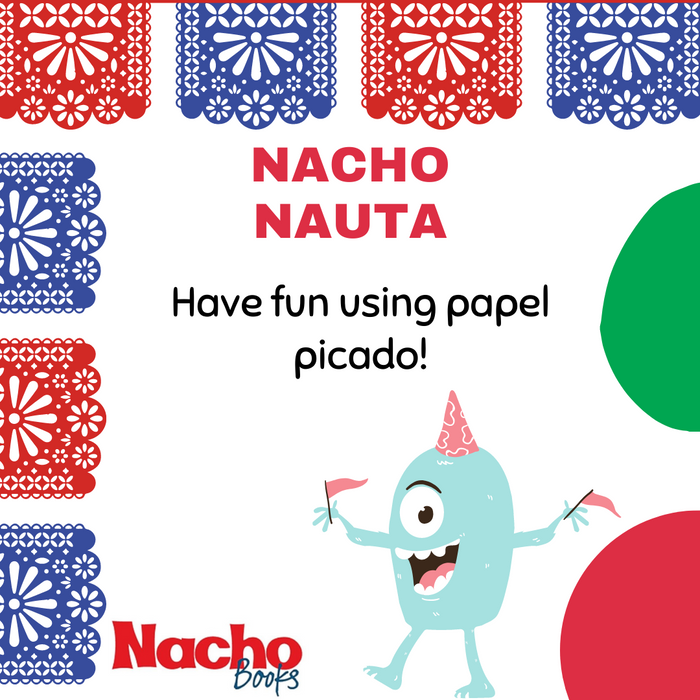
 How to Encourage My Child to Express Themselves
How to Encourage My Child to Express Themselves
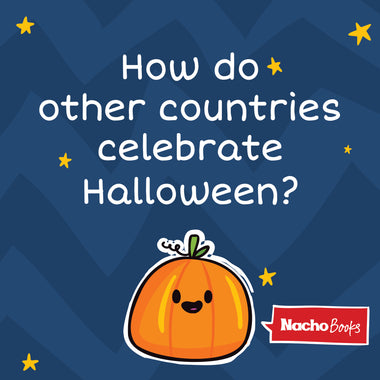 How Do Other Countries Celebrate Halloween?
How Do Other Countries Celebrate Halloween?
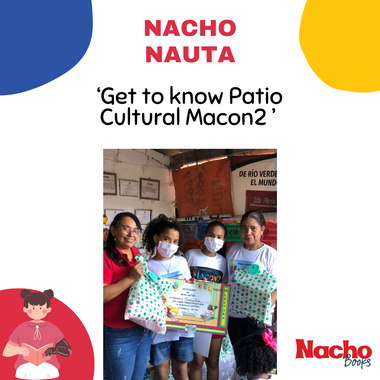 Learn more about the Patio Cultural Macon2 foundation!
Learn more about the Patio Cultural Macon2 foundation!
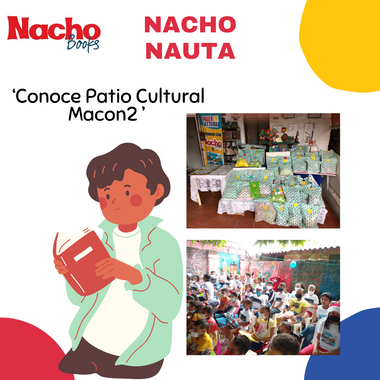 ¡Conoce más sobre la fundación Patio Cultural Macon2!
¡Conoce más sobre la fundación Patio Cultural Macon2!
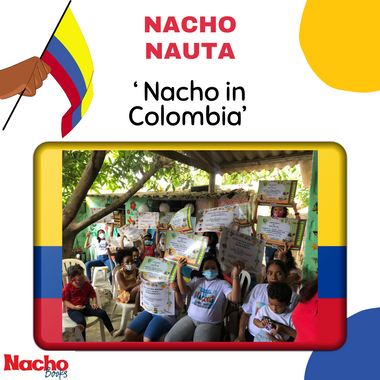 Nacho's work in Colombia!
Nacho's work in Colombia!
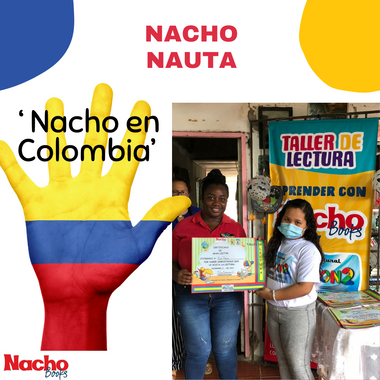 ¡La labor de Nacho en Colombia!
¡La labor de Nacho en Colombia!
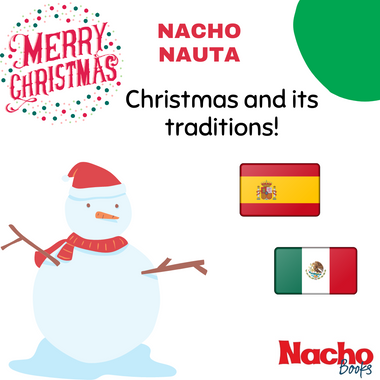 Christmas Traditions of Latin America
Christmas Traditions of Latin America

